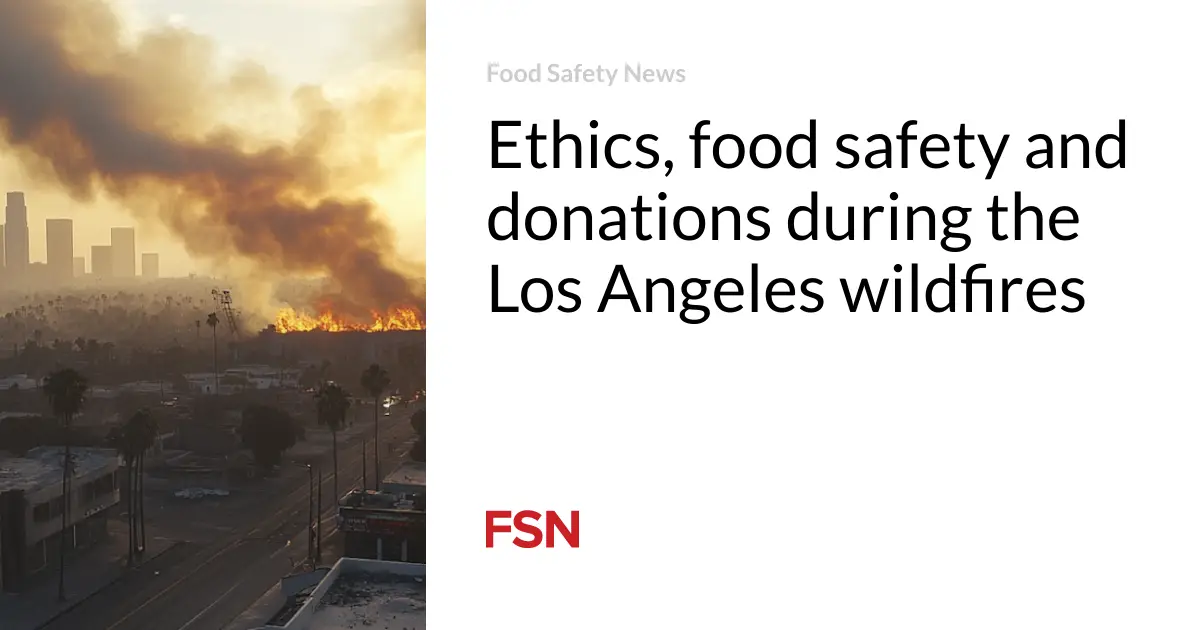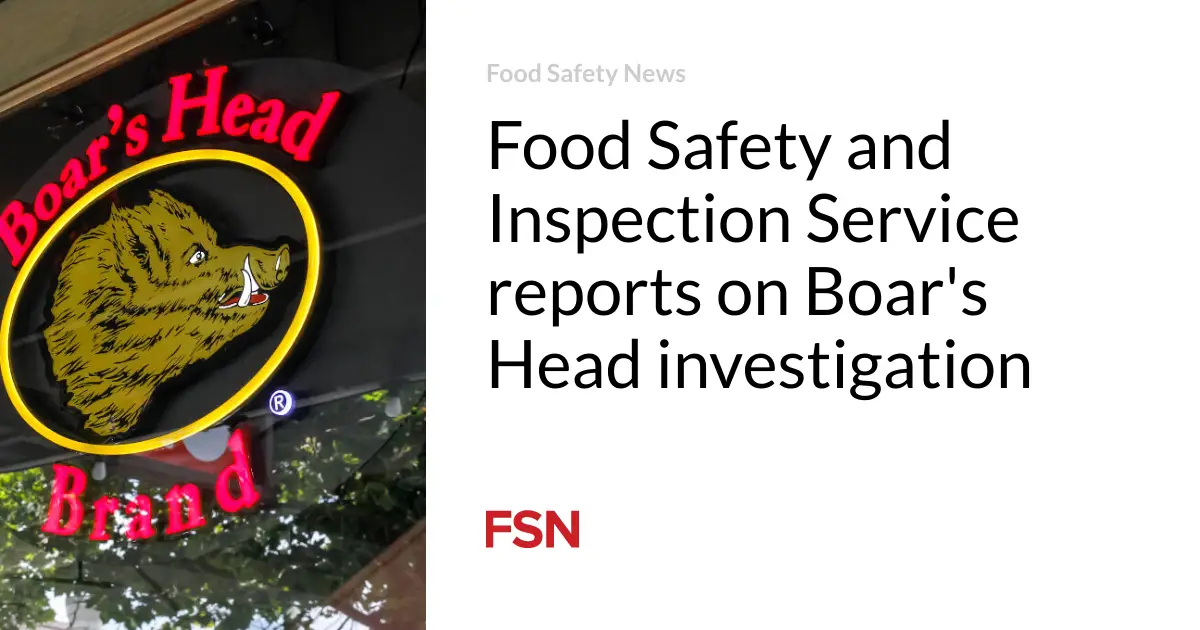
Germany has published data on foodborne outbreaks and infections for 2021, showing more than 130 outbreaks and a rise in most pathogens.
In 2021, 376 potentially food-related outbreaks (excluding norovirus) with 1,263 illnesses were reported to the Robert Koch Institute (RKI), down from 423 outbreaks in 2020. The figures come from the Infectious Disease Epidemiology Annual Report, which was released earlier this month.
Of the 132 confirmed foodborne outbreaks, 704 people were sickened. Sixty were caused by Campylobacter, with 205 cases, and 59 by Salmonella, with 465 cases.
Three Listeria outbreaks had 11 cases and one death. Two E. coli outbreaks affected six people, while two Yersinia enterocolitica outbreaks had four patients. Six of 1,430 norovirus outbreaks were reported as food-related, and 22 people were sick. Four Hepatitis A outbreaks had nine patients.
In 60 outbreaks with information on the suspected food, meat products were most frequently mentioned, followed by eggs or egg products and milk and dairy products.
Campylobacter and E. coli situation
A total of 48,066 cases of Campylobacter were reported in 2021, up slightly from the year before but below 2019 levels. Most fell sick from July to September, but a second peak was recorded at the beginning of the year.
For patients with information on probable country of infection, most fell sick in Germany, but Spain, Croatia, and Italy were also mentioned. Seven people died. These were four women and three men aged between 55 and 87.
The largest outbreak, with 37 cases, was reported from Brandenburg. Several school classes had visited a farm and consumed raw milk, and the pathogen was detected in the milk.
In 2021, 1,601 E. coli cases were reported, up from 2020 but down from 2019. Germany was often listed as the likely country of infection, followed by Turkey.
The top frequently mentioned serogroups were O26, O103, O157, and O91. A couple of deaths were reported in people aged 2 and 79. German officials said the proportion of cases for which information on the serogroup was known was low. This data makes detecting epidemiological links in apparently sporadic infections almost impossible.
Hemolytic uremic syndrome (HUS) cases fell to 54 from 60 in 2020. The incidence in children under 5 years old was significantly higher than in other age groups. Fourteen cases were in children aged 5 to 14 and three in people aged 15 and over. O157 was reported 13 times. Two deaths were noted in children aged 3 and 4.
Salmonella and other pathogens
A total of 8,186 salmonellosis cases were reported, down from 8,771 in 2020. Most people were infected in Germany, but Turkey, Italy, Spain, Poland, and Egypt were also named. The highest age-specific incidences were in children under five years old.
The most frequently mentioned serovars were Salmonella Enteritidis and Salmonella Typhimurium (including the monophasic variant). Following at a considerable distance were Salmonella Infantis, Derby, Chester, and Braenderup.
Eighteen deaths were related to salmonellosis. They were an infant under one and ten men and seven women between the ages of 60 and 98. Six deaths were caused by Salmonella Typhimurium, three by Salmonella Enteritidis, and one due to Salmonella Dublin.
The largest outbreak had 70 Salmonella Braenderup cases and was part of a multinational event traced to Galia melons from Honduras. In a Salmonella Chester outbreak with 54 cases, kebab meat was the likely vehicle. An outbreak with various serovars, including Amsterdam, Havana, Kintambo, Mbandaka, Orion, Senftenberg, and Tennessee, was linked to tahini and halva products from Syria.
Listeria infections remained stable at 584 compared to 578 in 2020. The incidence of non-pregnancy-associated cases increased significantly with age. A total of 22 fatalities were reported in which listeriosis was given as the cause of death.
For Yersinia, 1,929 illnesses were reported, a slight rise from 2020. The highest incidence was in children under five years of age. Almost all cases with available information were Yersinia enterocolitica, and serotype O:3 was the primary type detected.
Four foodborne botulism cases were recorded. Two women and two men fell ill. Two people from the same household were sick after consuming a commercial almond sauce with botulinum neurotoxin serotype A found in the patients and in food leftovers.
For one case, the source of infection with botulinum neurotoxin serotype B was possibly a sausage from domestic slaughter brought back from Poland. Botulinum neurotoxin serotype E was detected in another case, but the source was not indicated.
(To sign up for a free subscription to Food Safety News, click here.)







